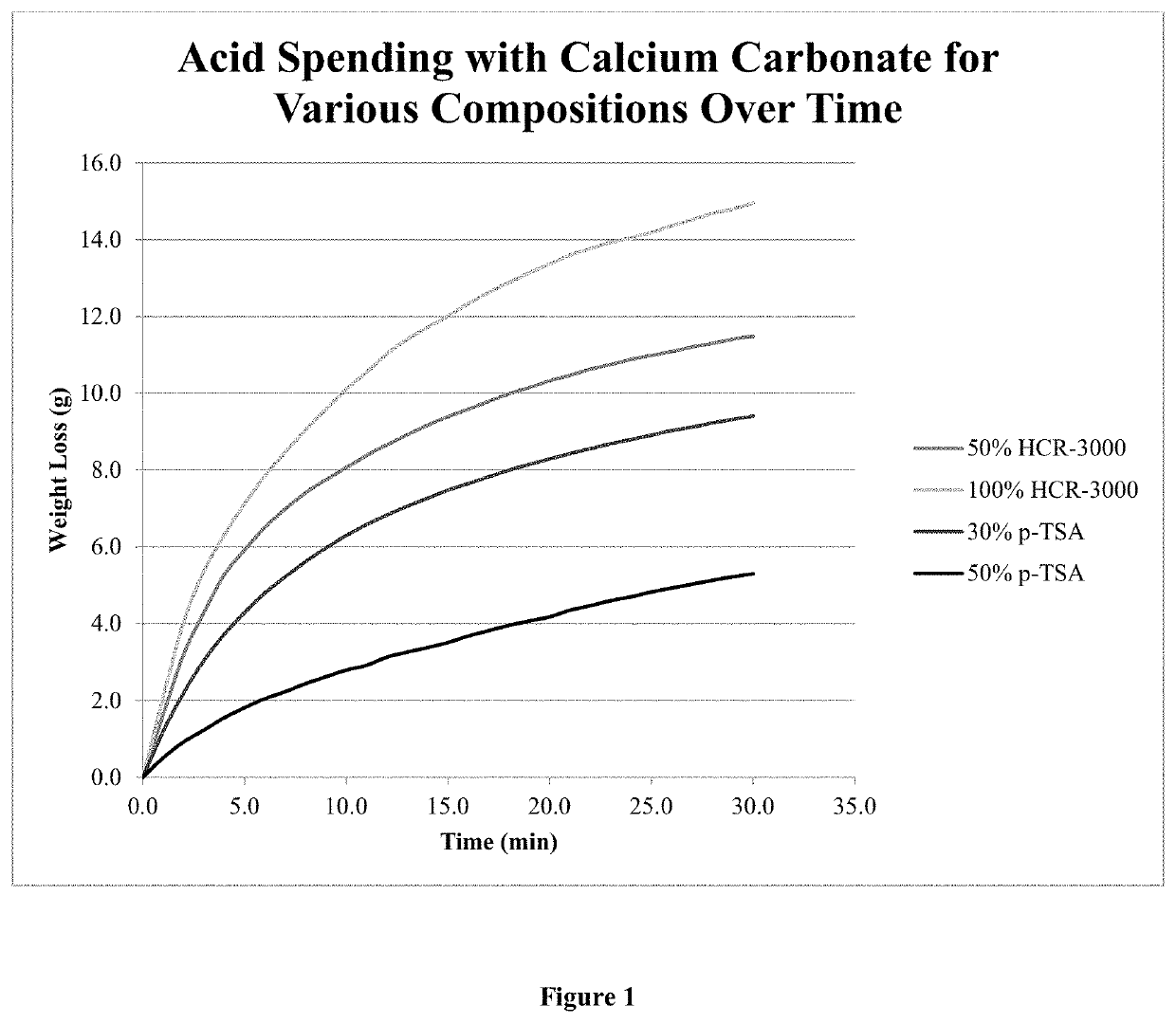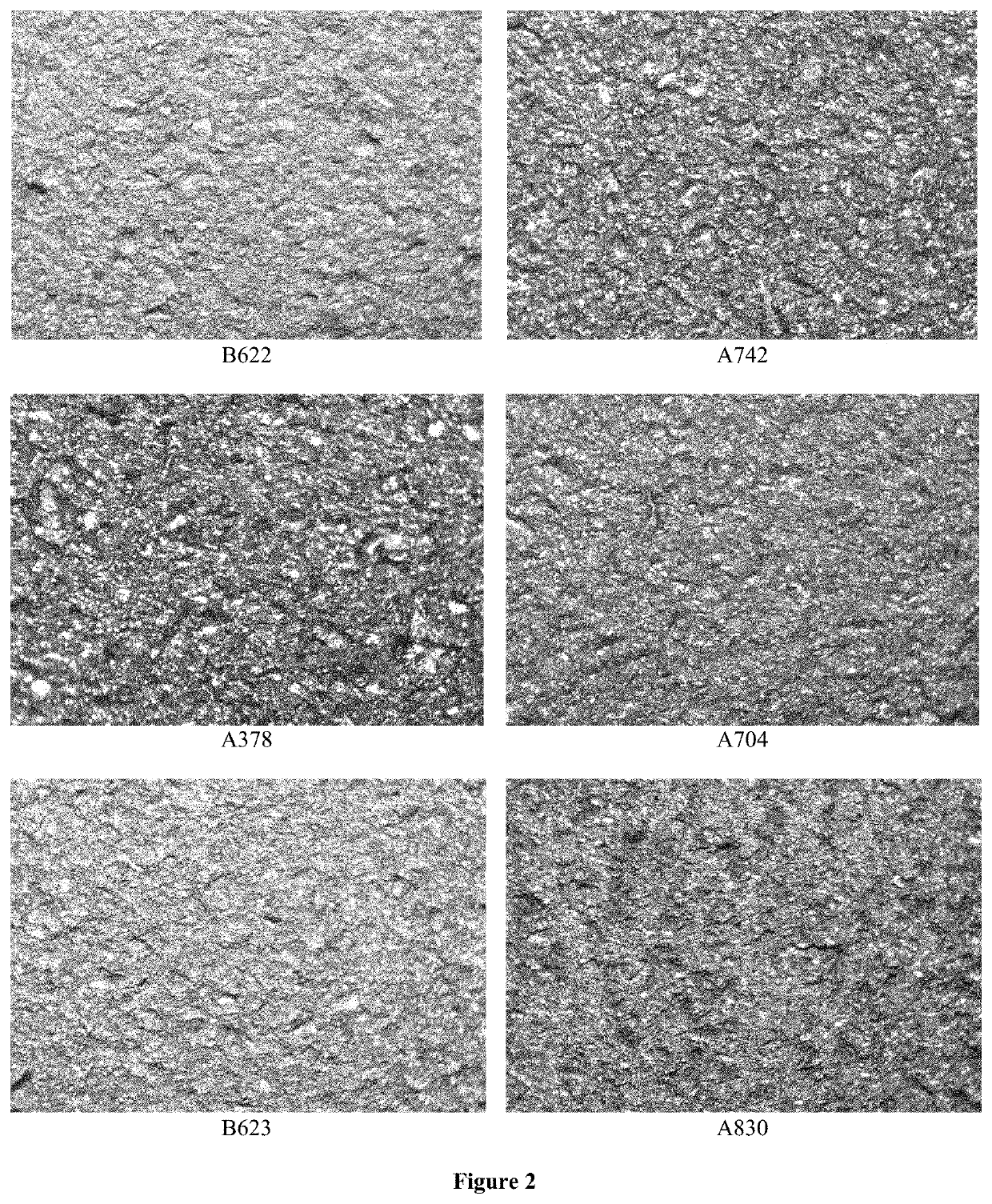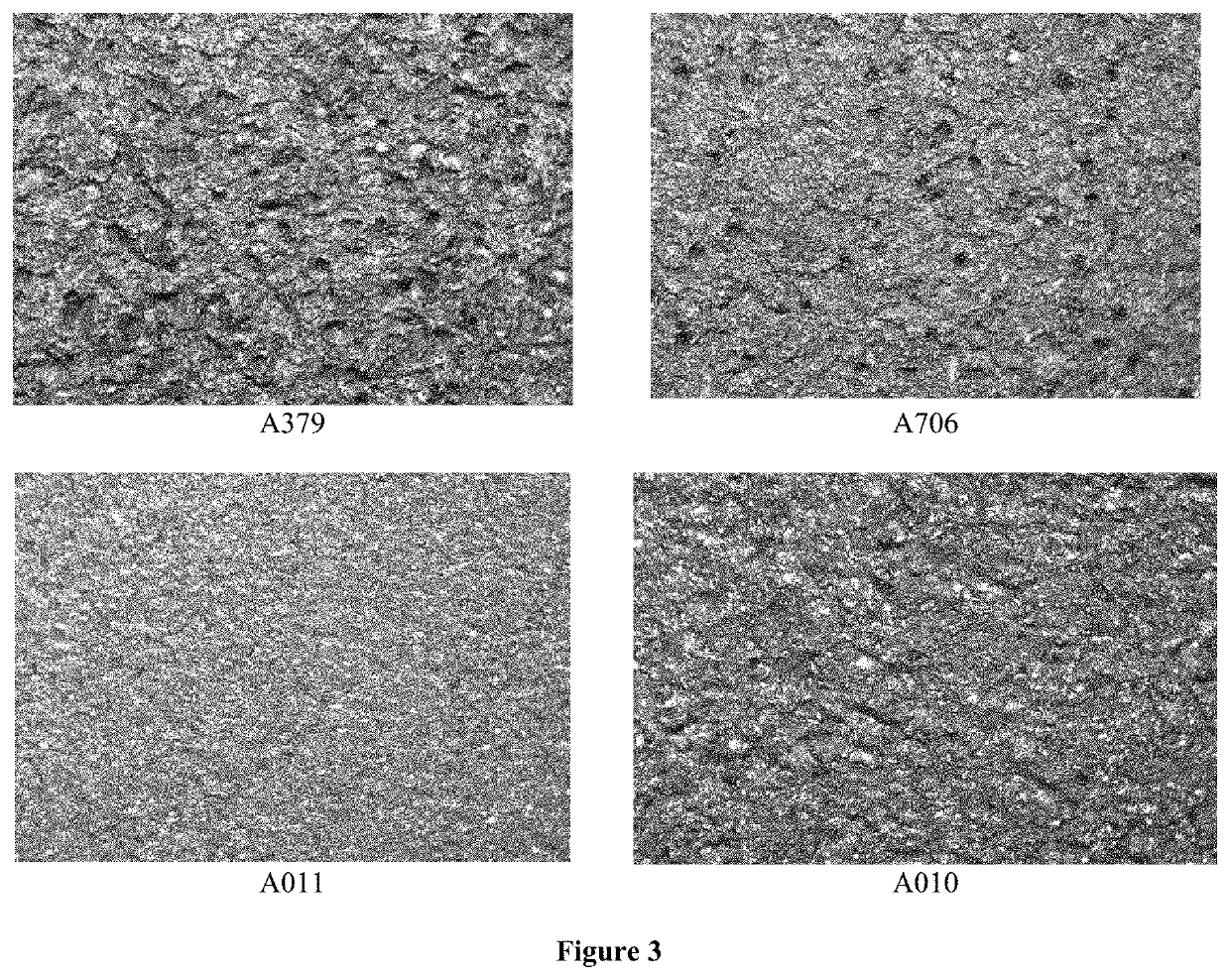One of the challenges facing the industry is breaking down, or cleaning the residual
cement and debris left in the perforations or breaking through the actual
cement sheath in certain completion techniques such as cemented sleeve ports.
Most cement blends commonly utilized in the oil &
gas industry have minimal acid
solubility, hindering the effectiveness of most conventional acids.
Another major challenge operators face is executing remedial (cement) work on existing wells for either the purpose of sealing a leak in the cement portion of the well (causing a communication of well fluids to an undesirable section of the formation or well face), or for an abandonment of a well whose life cycle has expired.
In these situations, it is sometimes difficult to obtain an acceptable
injection rate of the cement due to the inability of current acids typically used in the industry to solubilize the cement sufficiently.
One of the major challenges faced in the oil &
gas industry from using
hydrochloric acid is the extremely high levels of
corrosion (which is countered by the addition of ‘filming’
corrosion inhibitors that are typically themselves toxic and harmful to humans, the environment and equipment, and are very difficult to maintain in solution with the acid over a period of time); reactions between acids and various types of metals can vary greatly but certain metals, such as aluminum and
magnesium, are very susceptible to major effects causing immediate damage.
The inherent environmental effects (organic
sterility, poisoning of
wildlife etc.) of hydrochloric acids in the event of an unintended or accidental release on surface or downhole into water aquifers or other sources of water are devastating which can cause significant
pH reduction of such and can substantially increase the
toxicity and could potentially cause a
mass culling of
aquatic species and potential poisoning of humans or
livestock and
wildlife exposed to / or drinking the water.
This is a common event at large storage sites when tanks split or leak.
The inability for conventional acids and blends of such to biodegrade naturally without neutralizing the soil results in expensive cleanup-reclamation costs for the operator should an unintended release occur.
Moreover, the toxic fumes produced by mineral & many organic acids (acetic and formic in particular) are harmful to humans / animals and are highly corrosive and / or explosive potentially.
Transportation and storage requirements for these acids are quite restrictive and taxing in such that you must typically haul the products in specialized acid tankers or intermediate bulk containers (IBC) that are rated to
handle such corrosive products, bringing
exposure dangers for personnel exposed to handling.
Another concern is the potential for spills on locations due to the high corrosion levels of conventional acids which can cause storage container failures and / or deployment equipment failures i.e.
coiled tubing or fracturing iron failures caused from high corrosion rates (pitting, cracks, pinholes, and major failures).
Other concerns include: downhole equipment corrosion causing the operator to have to execute a work-over and replace down hole pumps, tubing, cables, packers etc.
; high levels of corrosion on surface pumping equipment resulting in expensive repair and maintenance levels for operators and service companies; the requirement of specialized equipment that is purpose built to pump acids greatly increasing the capital expenditures of operators and service companies; and the inability to source a blended product locally or very near its end use.
Another problem for industry utilizing conventional acids, and certain acid replacements is high temperature stability.
When used to treat scaling issues on surface due to water / fluid
precipitation, acids are exposed to personnel and
mechanical devices as well as expensive pumping equipment causing
increased risk for the operator and corrosion effects that damage equipment and create hazardous fumes.
Conventional acids typically need to be blended with
fresh water (due to their intolerance of highly
saline water, causing
precipitation of minerals) to the desired concentration requiring companies to pre-blend off-site as opposed to blending on-site with
produced water thereby increasing costs associated with transportation.
When using an acid to pickle tubing or
pipe, very careful attention must be paid to the process due to high levels of corrosion, as temperatures increase, the typical additives used to control corrosion levels in acid systems begin to degrade very quickly (due to the inhibitors “plating out” on the steel) causing the acids to become very corrosive and resulting in damage to equipment / wells.
Having to deal with ‘live’ acid during the back flush process is also very expensive as conventional acids typically are still at a very low pH and toxic.
Pipelines are especially of concern, as many variables can create unwanted corrosion and pitting
attack on the steels.
Any presence of water containing
hydrogen sulfide in combination with a certain amount of chlorides will create an acidic effect on the steel, potentially creating corrosion related failures.
Any amount of protective scaling mechanism that is generated on the
sour gas pipeline walls can also be subject to scale disruption in the presence of chlorides, exposing the surface to corrosion
attack.
The associated dangers that come with using acids are
expansive and tasking to mitigate through controls, whether they are chemically or mechanically engineered.
Eliminating or even simply reducing negative effects of acids while maintaining their usefulness is a struggle for the industry, especially at higher temperatures encountered downhole.
Pitting corrosion cause an overall
mass loss (lb / ft2 or mm / year) to be quite low, but due to the focused corrosion at a few spots there is a creation of weak points in the
metal.
These weak points, caused by the pits, can lead to a catastrophic material failure.
 Login to View More
Login to View More 


